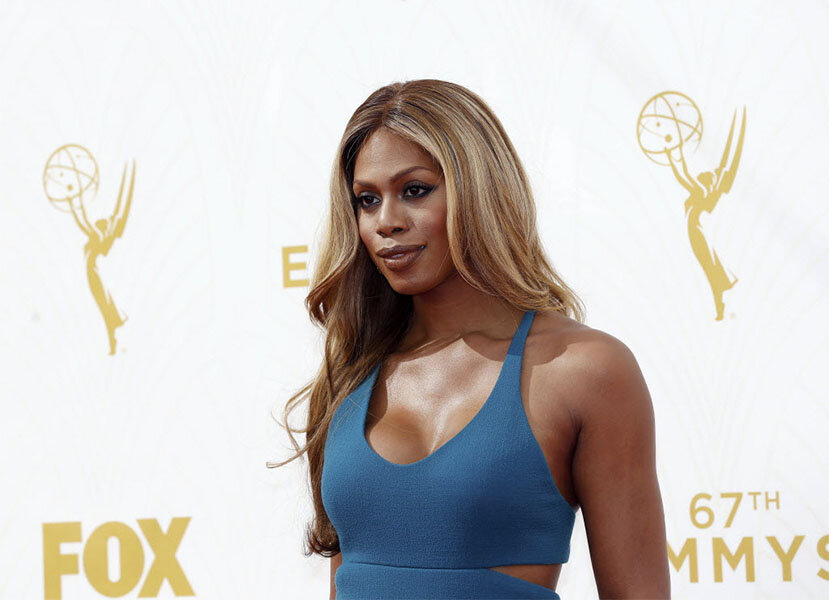Why streaming TV depicts more LGBT characters than broadcast TV
Loading...
Streaming services like Netflix and Amazon are depicting more transgender characters on their shows than broadcast TV, according to a new report from GLAAD, an LGBT advocacy group.
GLAAD pointed to programs such as Amazon’s “Transparent,” starring Jeffrey Tambor, and Netflix’s “Orange Is the New Black” and “Sense8,” all of which feature transgender characters. GLAAD found that seven percent of characters on streaming services are transgender, while trans* characters do not currently appear anywhere on the broadcast dial.
On cable, two percent of characters are transgender, according to GLAAD, although that counted one character (on the Showtime show “Penny Dreadful”) who has since been killed off.
Furthermore, cable shows added more LGBT characters this past year than broadcast shows. From 2014 to 2015, the number of LGBT characters regularly appearing on broadcast shows rose from 32 to 35. On cable, the number jumped from 64 to 84. Streaming services currently have 43 regular LGBT characters. (This is the first time GLAAD has fully examined streaming shows.) Netflix’s program “Orange Is the New Black” has more regular and recurring LGBT characters than any other show.
The numbers are even more striking considering how many more programs air on broadcast television than on Netflix or Amazon. GLAAD examined 118 primetime broadcast shows as opposed to 23 streaming series.
So why is streaming so LGBT-friendly?
Broadcast and streaming services may be playing to their demographics. Younger viewers are statistically more likely to be receptive to LGBT characters – according to a 2015 Pew Research poll, 70 percent of millennials supported gay marriage, compared to 45 percent of baby boomers.
A similar trend appeared in a Quinnipiac Poll about Bruce Jenner's transition to Caitlin Jenner.
"The older the voters get, the less inclined they are to accept the transition," said Tim Malloy, assistant director of the Quinnipiac Poll, "and believe it is societally beneficial."
Baby boomers remain the dominant audience for broadcast TV. CBS has the oldest median viewer age – 59.9 – while Fox has the lowest median viewer age, at 50.5 years young.
Meanwhile, according to a 2015 study by Variety, people between 13 and 49 watch Netflix more than any other viewing experience.
One in five viewers between 18 and 34 watched Netflix for five or more hours in a sample week, they found, followed by the streaming service Hulu. A broadcast network (ABC) doesn’t appear until third place for this demographic, although Hulu airs many broadcast shows, which could distort this finding.
ABC is the home to the dramas created or produced by Shonda Rhimes, including “Grey’s Anatomy” and “How to Get Away with Murder,” which feature LGBT characters. GLAAD has honored Ms. Rhimes in the past for her creation of these characters.
According to the same Variety study, viewers between 50 and 64 tuned in primarily to broadcast networks, with 12 percent watching five or more hours of CBS that week. ABC came in second place, then NBC. Netflix was fourth.






